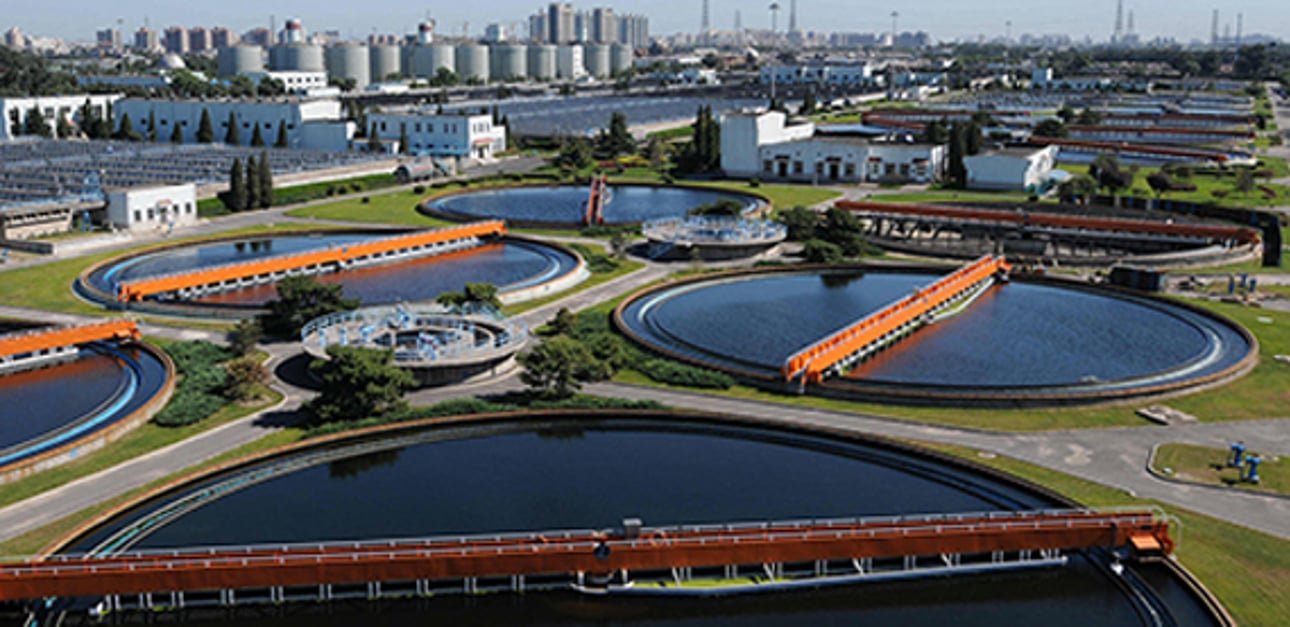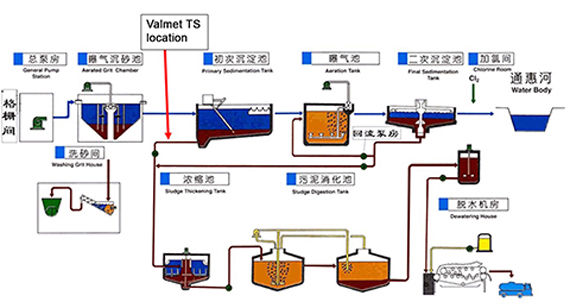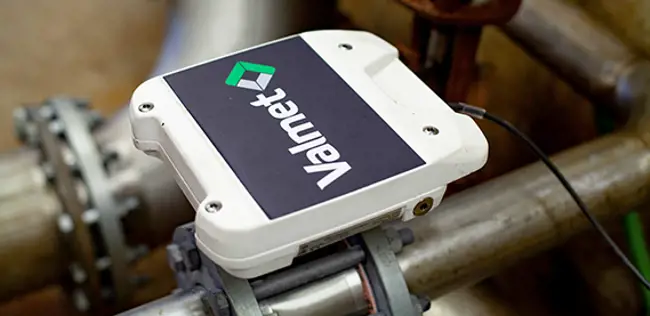Valmet TS in Beijing Gaobeidian Wastewater Treatment Plant serving 2.4 million people
Aug 12, 2015
The principal goal of a sludge process is water removal, performed as efficiently and economically as possible. Sludge pumping control, based on reliable total solids measurement, to optimize sludge quality early in the process is vital for the whole sludge handling procedure.

In the Beijing Gaobeidian Wastewater Treatment Plant, sludge total solids from the primary clarifier varied from below 1 to 60 g/l, which means that from time to time only water is pumped to the sludge thickening tank. The Valmet TS*) total solids transmitter was installed in the outlet of the primary clarifier to control pumping.
Overview
Beijing Gaobeidian Wastewater Treatment Plant is one of the largest wastewater treatment plant in China. It serves a population of 2.4 million people with a daily capacity of 100,000 m3, processing about 40% of Beijing Municipality’s total wastewater volume. When the plant was built in the 1990’s, national standards for phosphorous and nitrogen in treated effluent had not yet been set and, because of high levels of nitrogen and phosphorous, treated wastewater did not meet criteria for even the national level V (not suitable for use in agriculture) surface water standard. Since then, the plant’s secondary treatment facilities are undergoing modifications which will allow approximately 530,000 m3/day to be treated to national 4 standard for surface water (suitable for industrial use and other uses not in direct contact with humans) and 470,000 m3/day to be treated to national 3 standard for surface water (suitable for aquaculture and recreation purposes). Mostly all of WWTPs’ effluents meet the US Level II standard for surface water.
In addition to its primary and secondary treatment facilities, Beijing Gaobeidian WWTP also boasts facilities to process and collect methane gas produced during the anaerobic digestion processes. According to the plant’s operating conditions, a portion of the generated biogas is used onsite to make the Gaobeidian’s wastewater treatment processes even more energy efficient, for example as a natural gas substitute to heat the wastewater digesting processes, the rest is sold to Beijing’s energy grid.
Results
The Valmet TS sensor was installed in the outlet of Primary Clarifier in September 2012. Since then personnel at the plant have been very satisfied with the unit and its capability for control over the range of 1 g/l to 60 g/l total solids in the system. Compared to an optical sensor accuracy has improved from ±1500 to ±500 mg/l with a correlation to the laboratory measurement of 0.996, and unlike the optical sensor, there is no need for maintenance.

Valmet Total Solid meter installed to the outlet of the primary clarifier.
*) Company and product name Metso until March 31, 2015.
